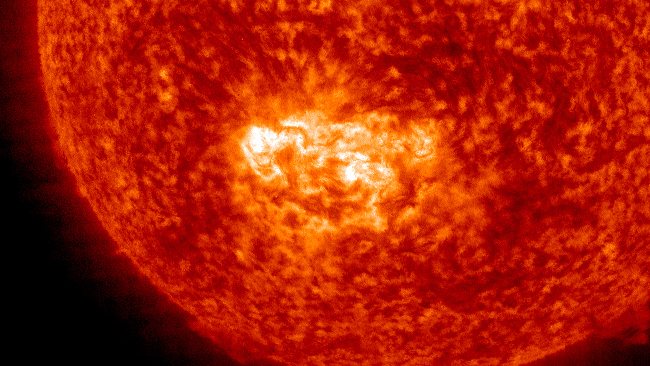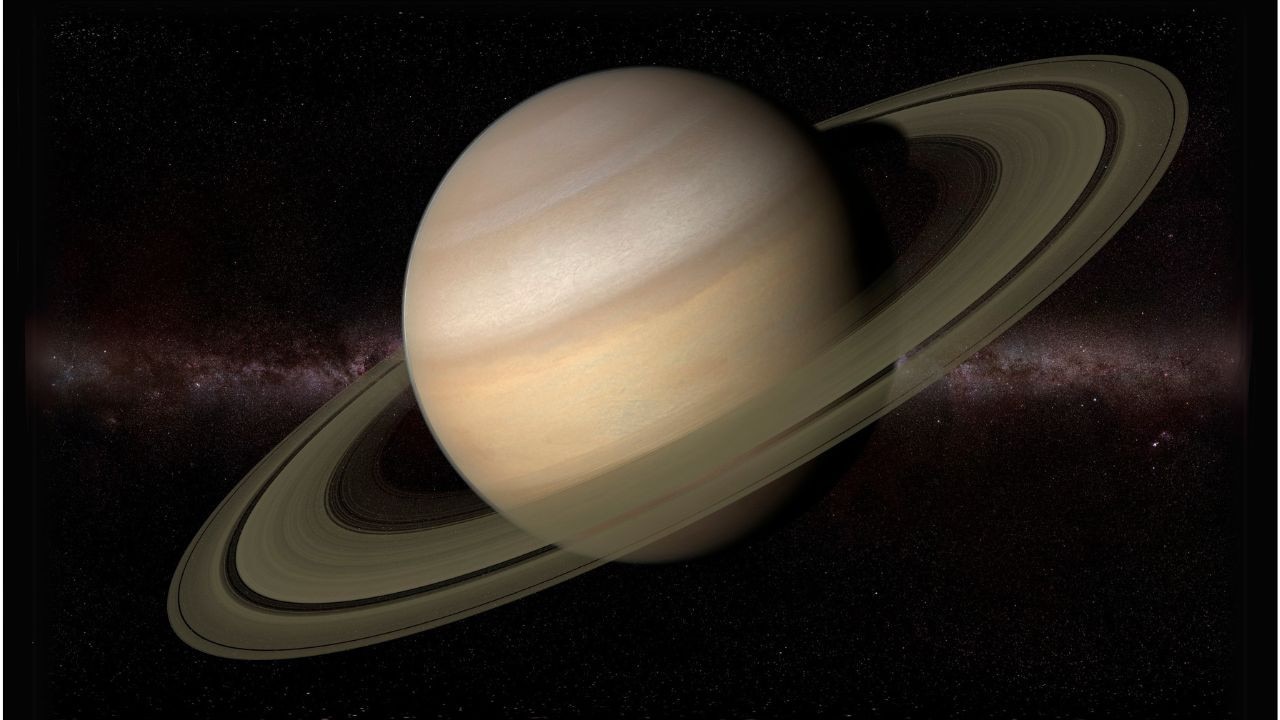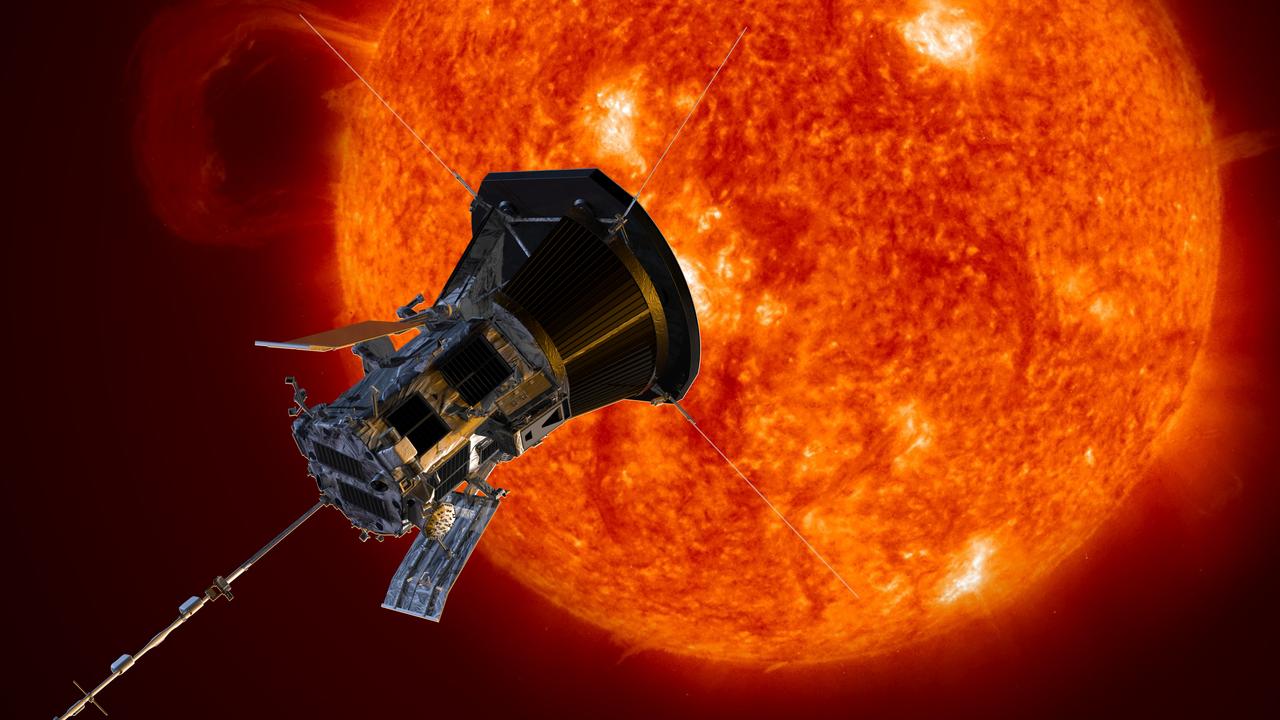Drop in sunspots intrigues scientists
THE sun's surface has been oddly calm of late, with fewer sunspots than at anytime in the last century. But what does it mean for the Earth's climate?

THE surface of the sun has been surprisingly calm of late - with fewer sunspots than at anytime in the last century - prompting curious scientists to wonder just what it might mean here on Earth.
Sunspots have been observed for millennia - first by Chinese astronomers and then, for the first time with a telescope, by Galileo in 1610.
The sunspots appear in roughly 11-year cycles - increasing to a daily flurry and then subsiding drastically, before amping up again.
But this cycle - dubbed cycle 24 - has surprised scientists with its sluggishness.
The number of spots counted since it kicked off in December 2008 is well below the average observed over the last 250 years. In fact, it's less than half.
"It is the weakest cycle the sun has been in for all the space age, for 50 years," National Oceanic and Atmospheric Association physicist Doug Biesecker said.
The intense electromagnetic energy from sunspots has a significant impact on the sun's ultraviolet and X-ray emissions as well as on solar storms.
Solar storms can interrupt telecommunications and electronic networks on Earth. Sunspot activity can also have an impact on the Earth's climate.
Cycle 23 hit its maximum in April 2000 with an average of 120 solar spots a day. The cycle then wound down, hitting bottom around December 2008, the point at which scientists marked the start of the current cycle.
The minimal solar activity at the end of cycle 23 led astronomers to predict a slow cycle 24. But the reality fell even below expectations.
In the first year of the cycle, during which solar activity should have risen, astronomers counted 266 days without a single sun spot.
"The forecast peak was 90 sunspots," Mr Biesecker said, noting that even though the activity has risen over the past year, "it's very clear it is not going to be close to 90."
"The sunspots number peaked last year at 67, almost half a typical cycle," he added.
The last time a sunspot cycle was this slow was in February 1906, the peak of cycle 14, with just 64 spots a day.
The "very long minimum: three years, three times more than the previous three cycles of the space age" was a major surprise, said University of Montana physicist Andres Munoz-Jamillio.
Cycle 24 has also diverged from the norm in another surprising way.
Typically, around the end of each 11-year sunspot cycle, the sun's magnetic fields switch direction. The northern and southern hemispheres change polarity, usually simultaneously.
During the swap, the strength of the magnetic fields drops to near zero and reappears when the polarity is reversed, scientists explain.
But this time, something different seems to be happening. The north pole already reversed its polarity several months ago - and so it's now the same polarity as the south pole.
According to the most recent satellite measurements, "the south hemisphere should flip on the near future," said Todd Hoeksema, director of the Wilcox Solar Observatory at Stanford University.
He didn't seem concerned about the phenomenon.
But scientists are watching the sun carefully to see whether cycle 24 is going to be an aberration - or if this solar calmness is going to stretch through the next cycle as well.
"We won't know that for another good three or four years," said Mr Biesecker.
Some researchers speculate this could be the start of a prolonged period of weak solar activity.
The last time that happened, during the so-called "Maunder Minimum" between 1650 and 1715, almost no sunspots were observed. During the same period, temperatures dropped sharply on Earth, sparking what is called the "Little Ice Age" in Europe and North America.
As the sunspot numbers continue to stay low, it's possible the Earth's climate is being affected again.



